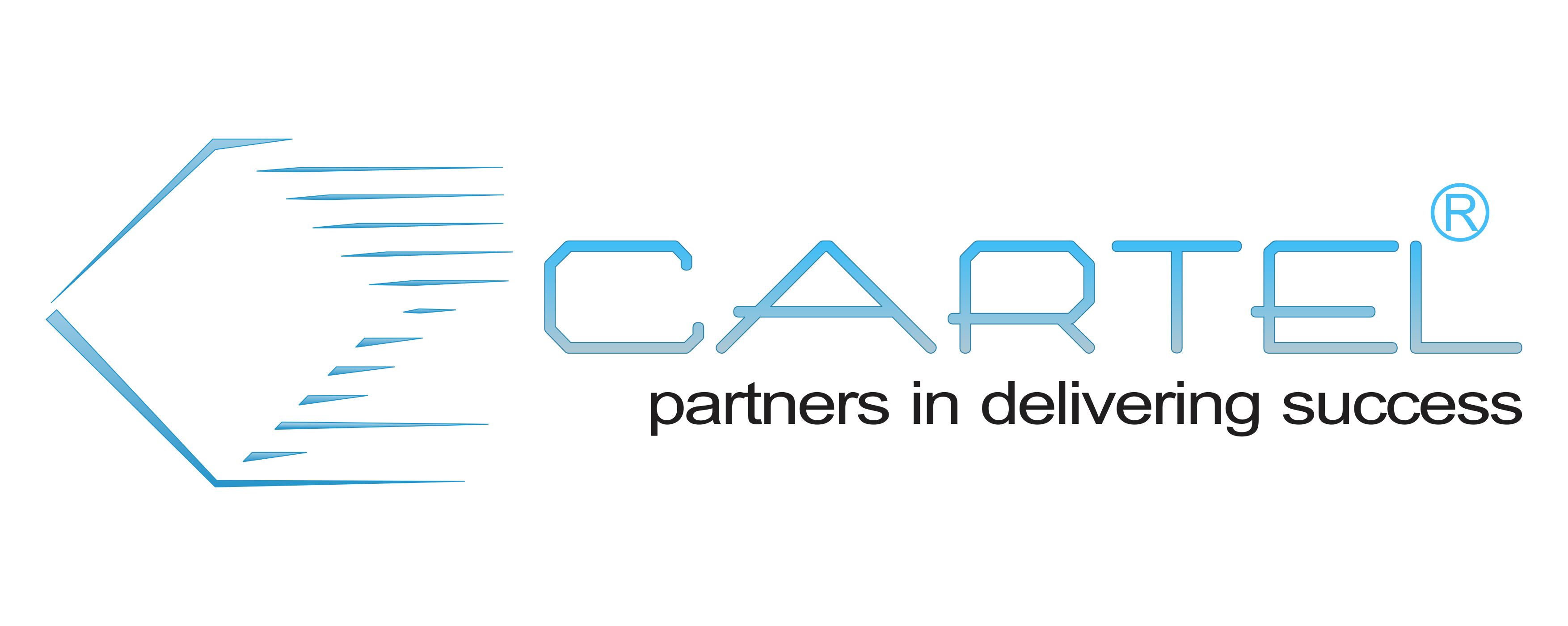Building Cisco Service Provider Next Generation Networks (SPNGN1), Part 1 (640-875)
Course Details
1.0 IP Networks
1.1 Describe the purpose and functions of various network devices (at the core, distribution, and access layers)
1.2 Identify the functional components required to meet a given network specification
1.3 Describe the OSI and TCP/IP models and their associated protocols to explain how data flows in a network
1.4 Describe common network applications and their impact on the network
1.5 Interpret network diagrams
1.6 Troubleshoot common network problems at layers 1, 2, 3, 4, and 7 using a layered model approach
1.7 Describe differences between LAN and WAN operation and features
2.0 IPv4 and IPv6 Addressing
2.1 Describe the structure of IPv4 and IPv6 addresses
2.2 Describe VLSM, CIDR and route summarization concepts
2.3 Describe the different types of IPv4 and IPv6 addresses
2.4 Design an IP subnetting plan based on given requirements
3.0 Switched Network Technologies I
3.1 Describe bridging concepts and Layer 2 Ethernet frames
3.2 Configure basic Spanning Tree operations on Cisco IOS Switches
3.3 Interpret the output of various basic show and debug commands to verify the operational status of a Cisco switched network
3.4 Configure basic switch security (i.e, port security, securing unused ports)
3.5 Describe Ethernet link bundling, LACP, and PAgP and Flex Links
4.0 Routed Network Technologies I
4.1 Describe classful versus classless routing
4.2 Describe routing protocols basics (metrics, IGP versus EGP)
4.3 Describe RIPv1, RIPv2, RIPNG
4.4 Implement EIGRPv4 and EIGRPv6 on Cisco IOS, IOS-XE and IOS-XR routers
4.5 Describe route redistribution
4.6 Describe VRF
4.7 Describe GRE
5.0 IP Services
5.1 Configure NAT (IPv4) on Cisco routers
5.2 Configure DHCP (IPv4 and IPv6) operations on Cisco routers
5.3 Describe ICMPv4 and ICMPv6
5.4 Describe DNS
6.0 Cisco Operating Systems and Platforms I
6.1 Perform basic Cisco IOS, IOS-XE and IOS-XR CLI operations
6.2 Implement basic Cisco IOS, IOS-XE and IOS-XR routers configurations
7.0 Transport Technologies
7.1 Describe SONET and SDH
7.2 Describe DWDM, IPoDWDM, and ROADM
7.3 Configure 10 Gigabit Ethernet, 40 Gigabit Ethernet, and 100 Gigabit Ethernet interfaces on Cisco routers
7.4 Describe Frame Relay
7.5 Describe ATM
7.6 Describe Metro Ethernet
7.7 Describe DSL
7.8 Describe T1, T3, E1, E3, and ISDN
7.9 Implement PPP encapsulation on Cisco routers serial and POS interfaces
7.10 Describe cable (DOCSIS)
7.11 Describe the main BRAS and BNG routers functions in IP NGN
7.12 Describe various Passive Optical Network (PON) access technologies and FTTx
8.0 Security in the Network
8.1 Describe Layer 2 security features on Cisco IOS switches
8.2 Configure management plane security on Cisco routers and IOS switches
8.3 Describe IPsec
8.4 Describe control plane security
8.5 Configure basic AAA (TACACS+ and RADIUS) services on Cisco routers
8.6 Configure routing protocols authentication between Cisco routers
8.7 Describe the relationships between users, user groups, tasks groups and task IDs in IOS-XR
8.8 Describe common types of network attacks
9.0 Network Management
9.1 Configure NTP server or client on Cisco routers
9.2 Configure IP SLA on Cisco routers
9.3 Configure CDP on Cisco routers and IOS switches
9.4 Configure SNMP on Cisco routers
9.5 Configure NetFlow on Cisco routers
9.6 Configure logging to syslog server on Cisco routers
9.7 Describe the Cisco IOS Call-Home feature
9.8 Describe Cisco TAC procedure and navigate Cisco support tools (CCO)
9.9 Implement management access (SSH, telnet, and out-of-band management design)
9.10 Implement SPAN, RSPAN, and ERSPAN
9.11 Implement file transfers to manage network devices configurations and images using FTP, SCP, TFTP, SFTP, and RCP
